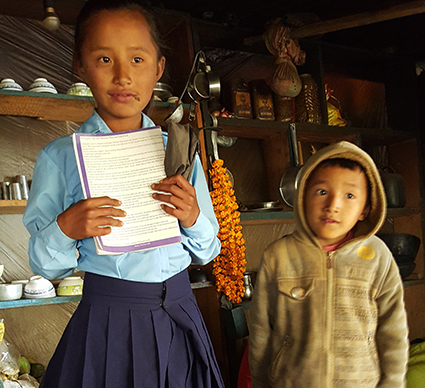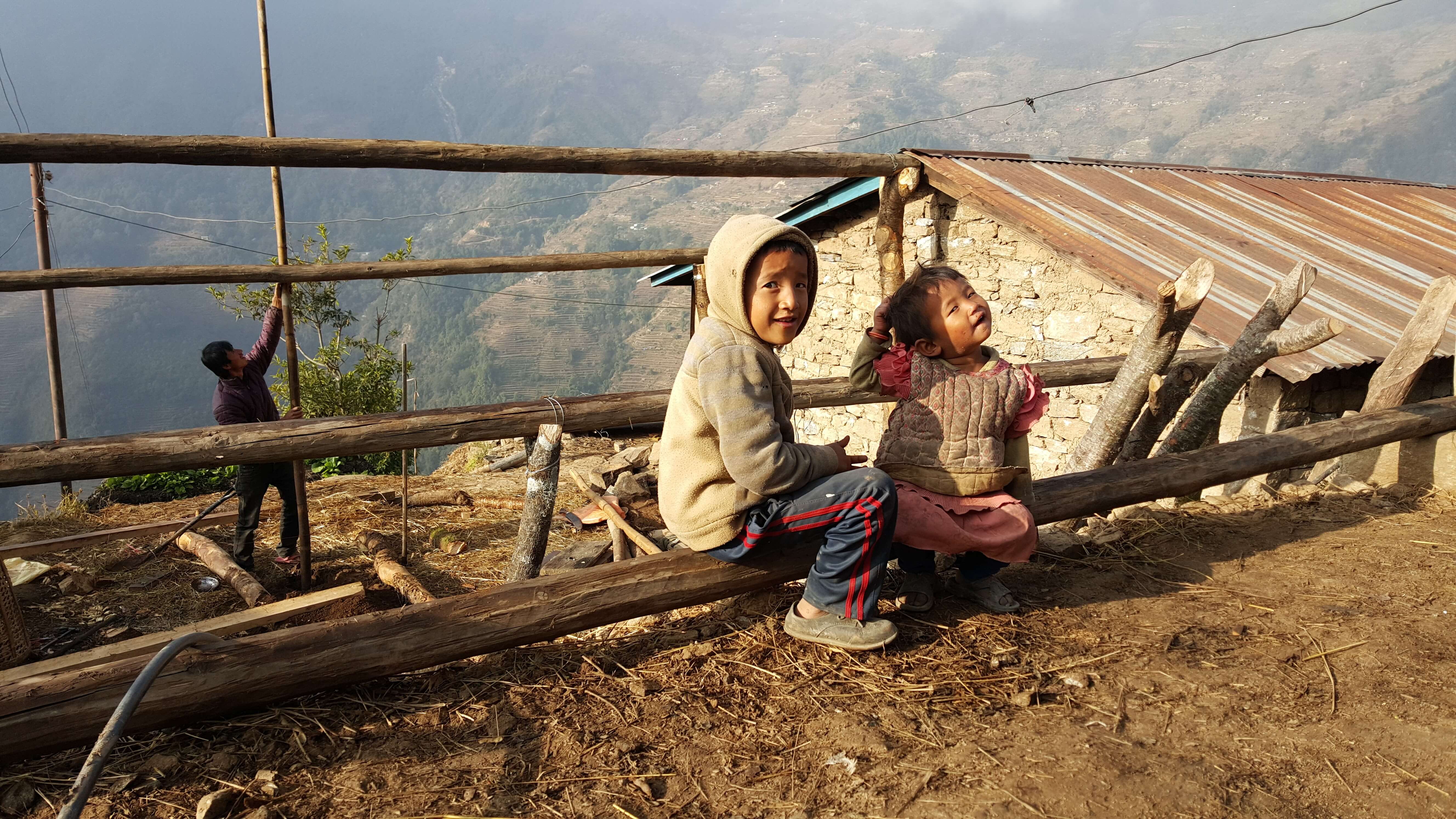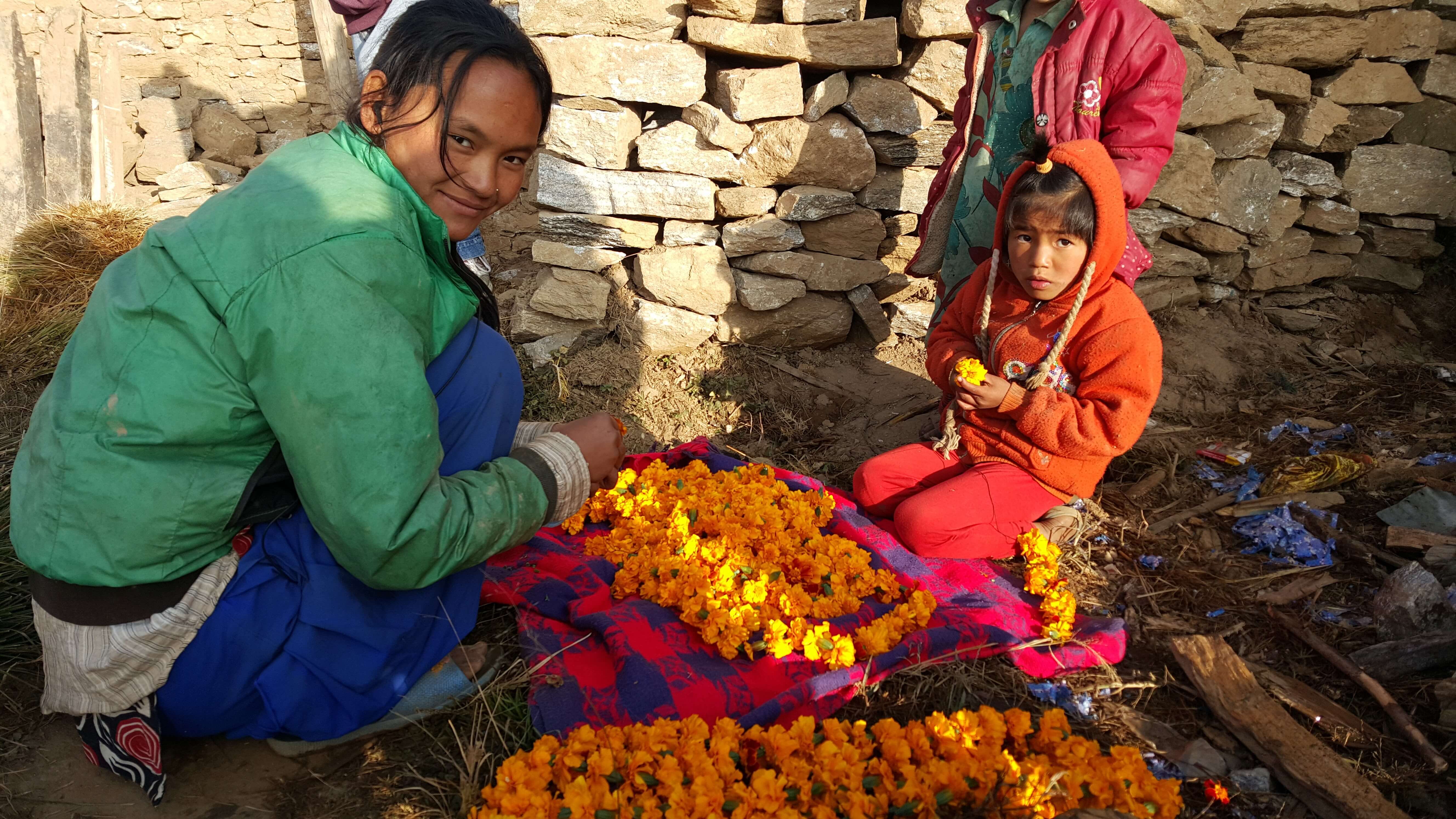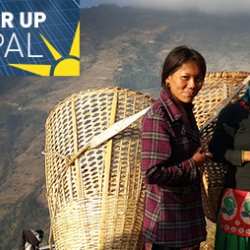One year after the devastating earthquakes that struck Nepal, there is still great need in Dhapsung, a small village in the mountainous terrain of Sindhupalchok, one of the country’s least developed districts. The remote community, which is a three-hour walk from the nearest road, was heavily affected by the 2015 earthquakes, and many residents are still living in temporary shelters. Lacking access to electricity, families in Dhapsung rely on expensive, unreliable, and toxic non-renewable energy sources for their lighting and cooking.
In September 2016, GRID volunteers and staff will travel to Dhapsung to install a 16kW solar micro-grid in the community to bring lights, AC power, and internet to all 40 homes, the school, and local businesses. This project will both jump-start earthquake recovery and provide a foundation for the community’s long-term economic development.
Our experience working in Nicaragua sincec 2008 has taught us that community partnerships are key to successful projects. GRID partnered with Digo Bikas Institute, a local research and advocacy organization with deep roots in the region, to select the community and engage residents in the project from the very beginning. Digo Bikas, which means “sustainable development” in Nepali, promotes ecological sustainability and social equity at both the policy and community level. Together, we will be applying a sustainable development approach to meet the Dhapsung community’s long-term energy needs.
We had the privilege of interviewing Sunil Acharya and Abhishek Shrestha, two of the organization’s co-founders. Read on to learn about their take on rural community development and see why we’re thrilled to be partnering with them on this project:
How and why was the Digo Bikas Institute founded?
In November 2014, a group of friends who had been working in different sectors in Nepal and some of our friends who had come back from studies in the U.S. and the U.K. thought there was a need for an organization with alternative thinking on Nepal’s development paradigm.
Here in Nepal, the rural discourse on the development sector is that we need to develop at any cost. That’s the kind of development paradigm that the western world took since the start of the Industrial Revolution. That model of development is no longer going to work in the climate-constrained world. A real alternative is necessary- a development model based on participation of communities that respects environmental and ecological considerations.
What needs exist in Nepal that Digo Bikas is working to address?
The national grid has covered about 45% of total population. Yet, even urban areas face up to 12 hours per day of blackouts. Even though we have great potential for hydropower development, we have not been able to produce the required amount. Now even that sector is facing difficulties because of changing precipitation patterns due to climate change.
Nepal needs a good mix of renewable energy sources, and solar energy comes in to play a very big role. We think that communities need energy for productive end uses, not just for lighting or basic services, but for developing micro-enterprises so that their livelihoods can be enhanced. We should focus on localization of the economy, so that the villages can become more and more self-reliant with access to energy.
How did you get connected to the village of Dhapsung? What is your approach to working with the community?
When we were in the strategy and development phase, the great earthquake hit, so we focused on supporting communities by providing whatever we could. There were a lot of organizations supporting through food and shelter, but very few were working on providing access to electricity in the immediate term, so we thought, this is our niche area.  We set out to support communities with solar energy backup services, so that they didn’t remain in the dark.
We set out to support communities with solar energy backup services, so that they didn’t remain in the dark.
After some months, we were still thinking of what more we could do to support communities affected by the earthquake and we came across Dhapsung- a very isolated village. The situation now in Dhapsung is that they are still using kerosene, which is bad for the climate and which they have to buy from the town center hours away. A liter of kerosene costs around $1, and they hardly earn $1 per day.
We went there to install a small solar system with battery backup, but it could handle only 4 hours of electricity in the evening or the morning. That is the reason we are now partnering with GRID- to upgrade that system and provide the villagers with enough electricity to work for productive use.
We’ve interacted with Dhapsung community members face-to-face many times, so we have learned the needs of the community. We’ve asked them what they will do once they have power- they are really thinking about that.  What is happening in villages like Dhapsung is that they have started to buy TV’s, which is a really good means to access information. Some of the shops are now using refrigeration, so they can sell food and other perishable items. I met one person in another community who was really happy about a grain mill business made possible by solar.
What is happening in villages like Dhapsung is that they have started to buy TV’s, which is a really good means to access information. Some of the shops are now using refrigeration, so they can sell food and other perishable items. I met one person in another community who was really happy about a grain mill business made possible by solar.
Our approach of working is that we want to support communities directly, and use evidence from communities to push for changes at the policy level. If we can do work to scale up this micro-grid model, it will be a very powerful system to support rural communities.
*****
The Power Up Nepal pilot project leverages GRID’s expertise with solar energy and sustainable international development to install a 16KW solar micro-grid in Dhapsung, Nepal. The project will power local businesses, the school, and all 40 homes in the community while providing jobs for women and supporting local entrepreneurism. The project will provide a model for successful micro-grid projects that can be replicated in other communities to meet Nepal’s long-term rural energy needs.
Learn more about the pilot project and find out how you can help build a brighter future for the people of Dhapsung.

